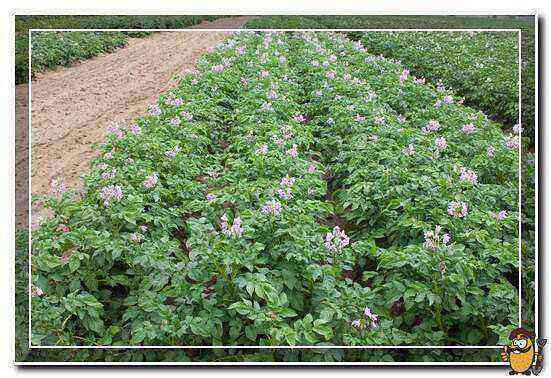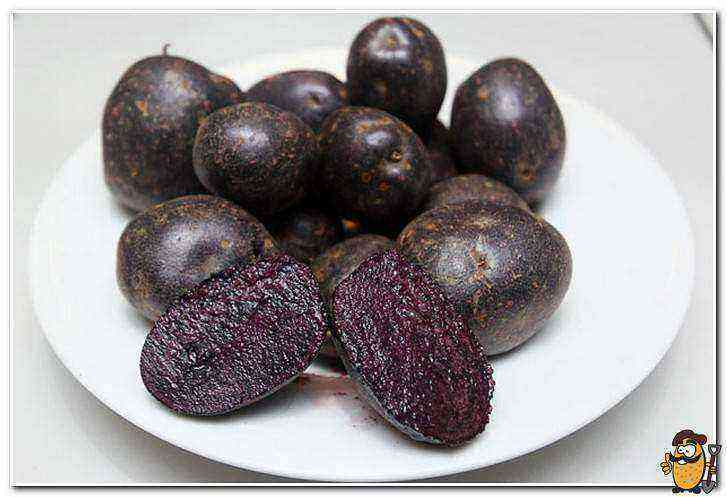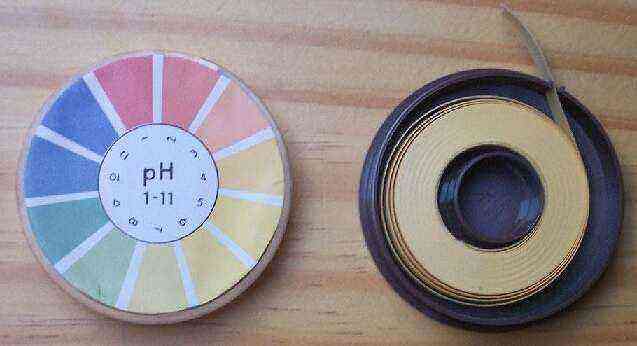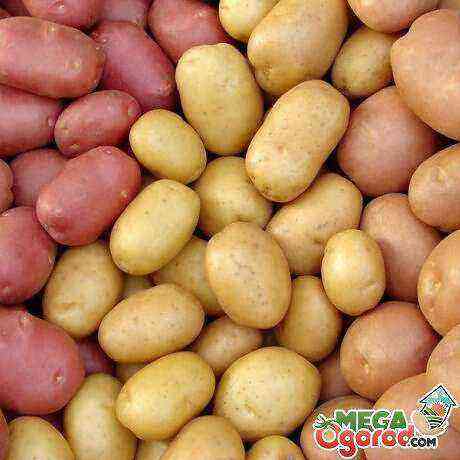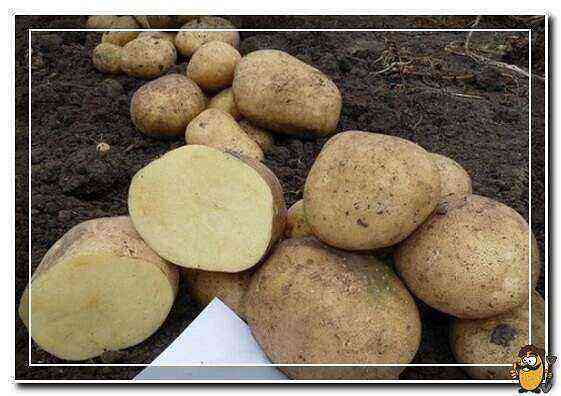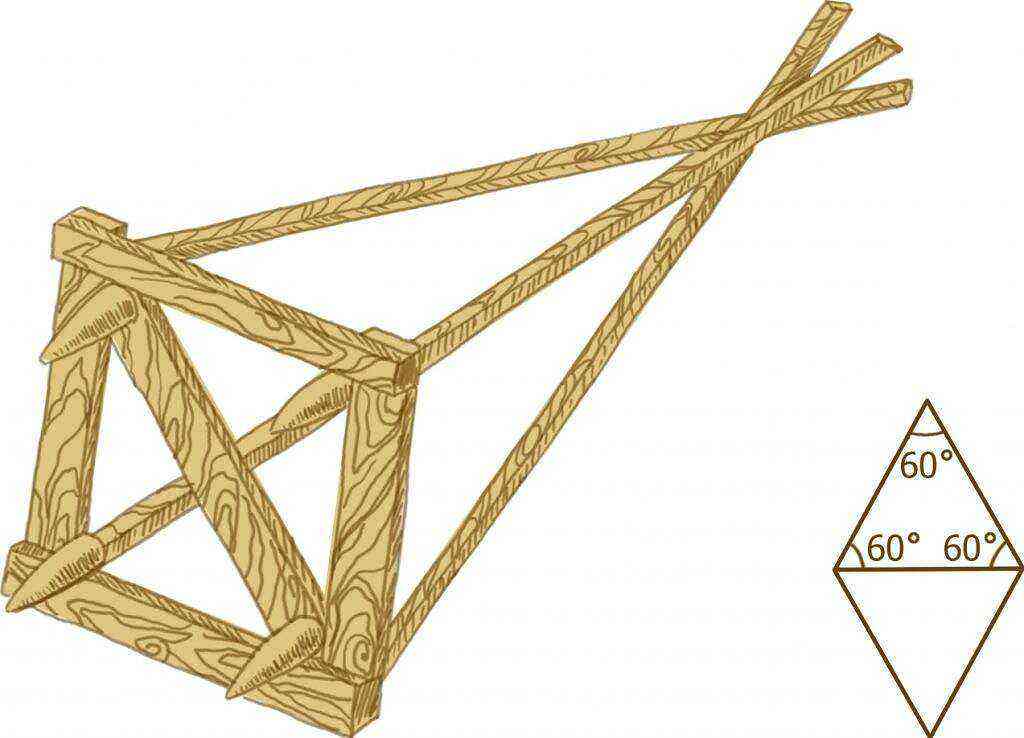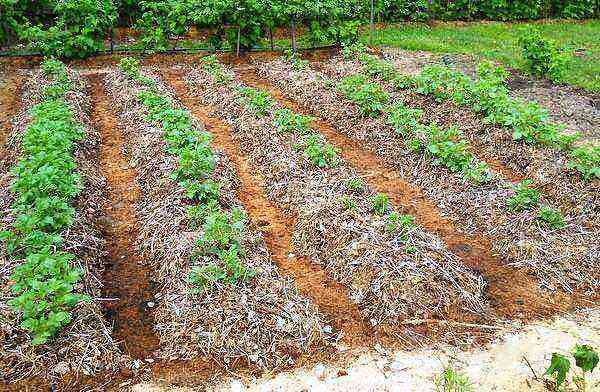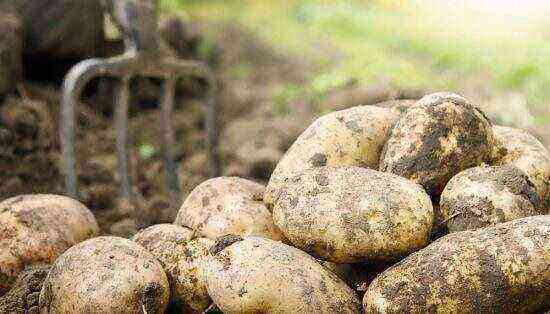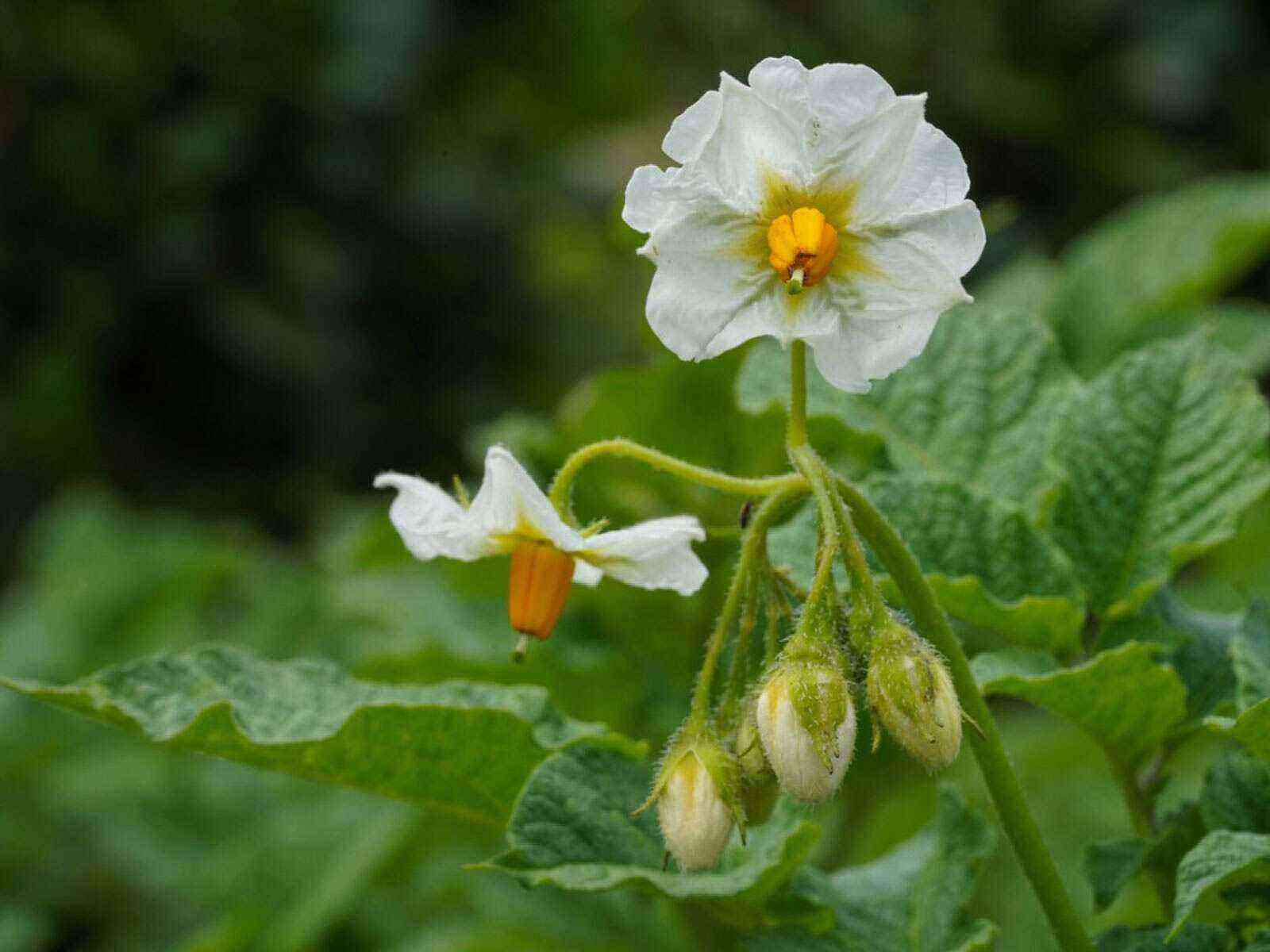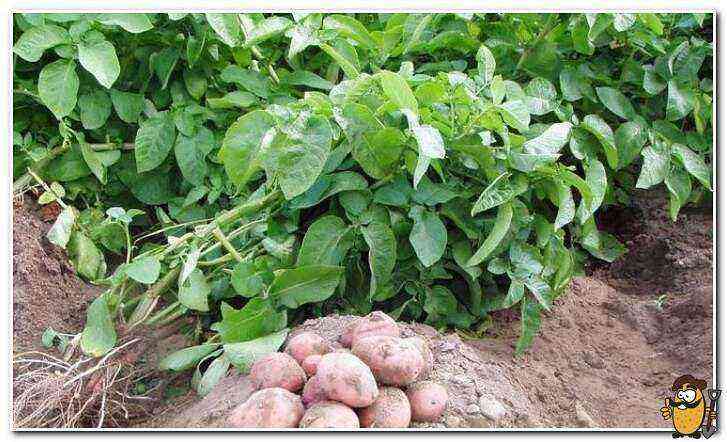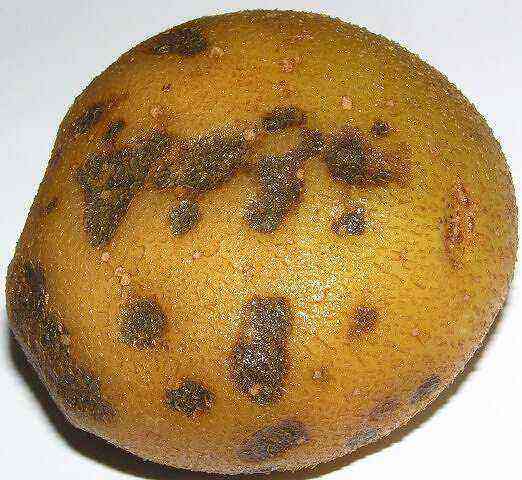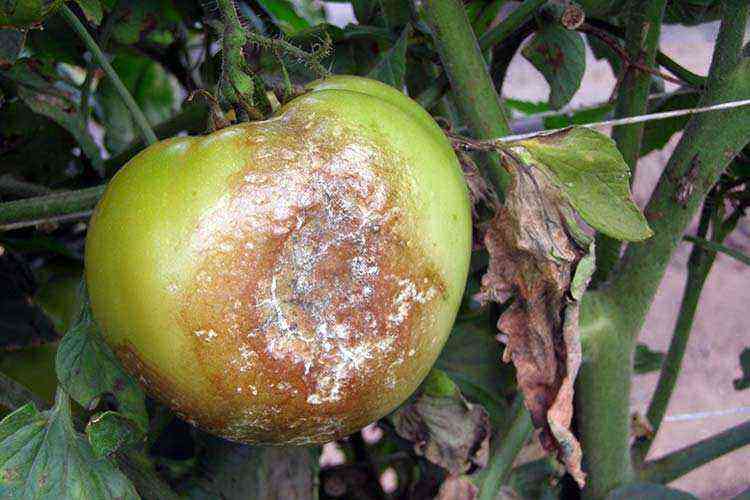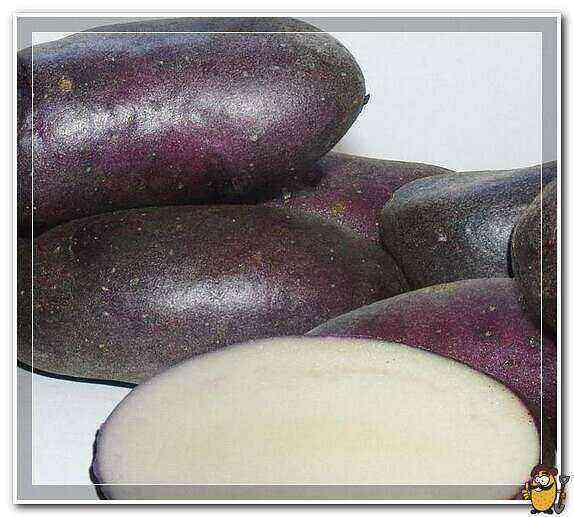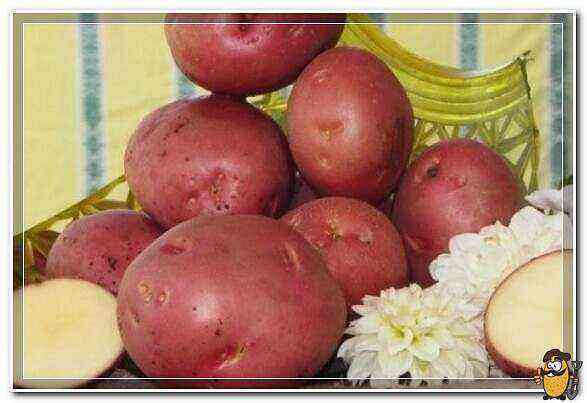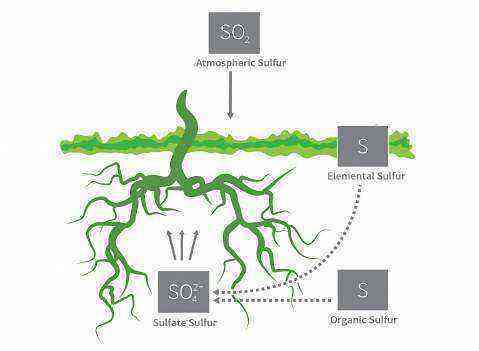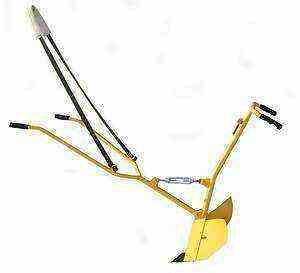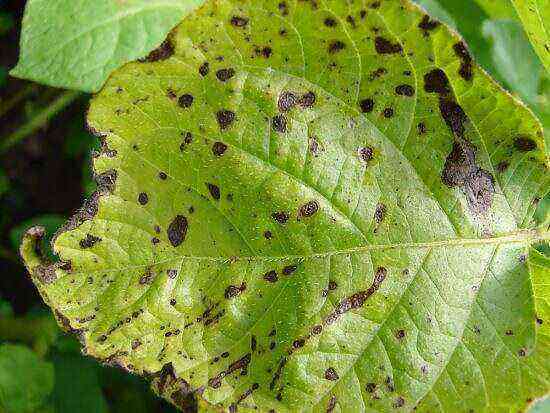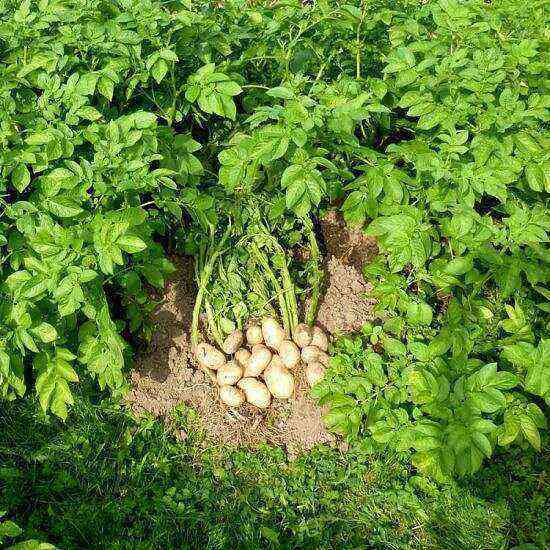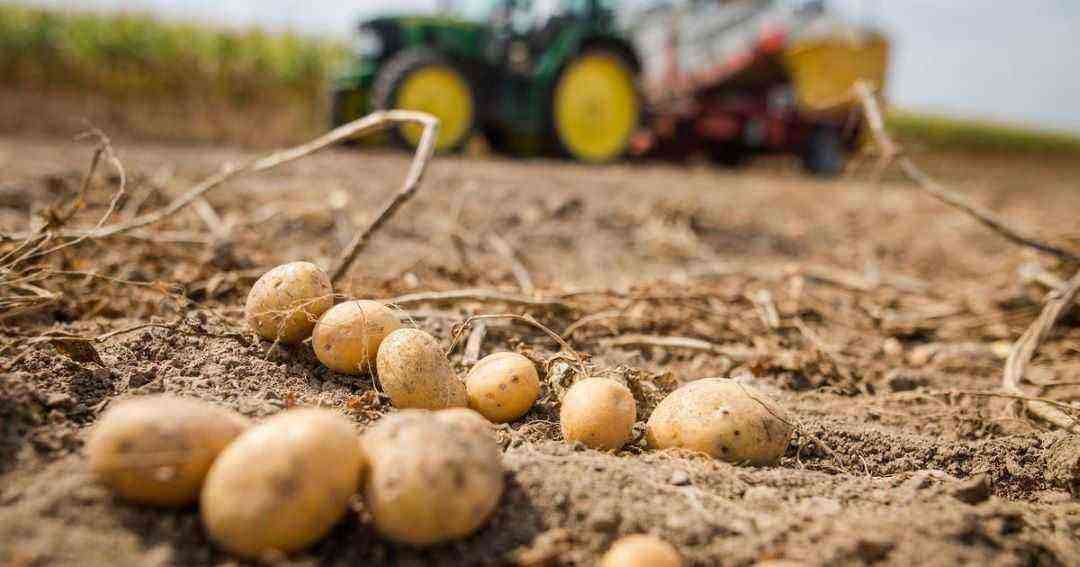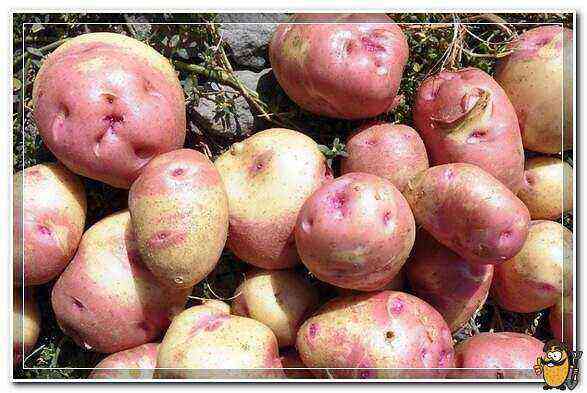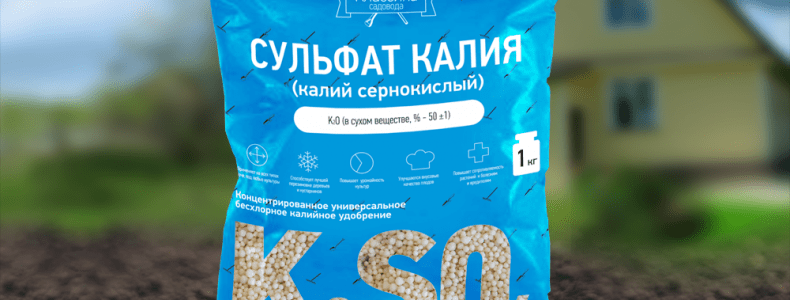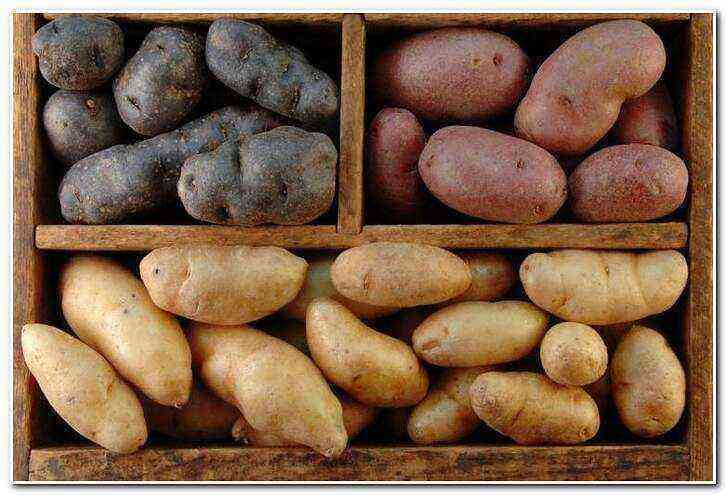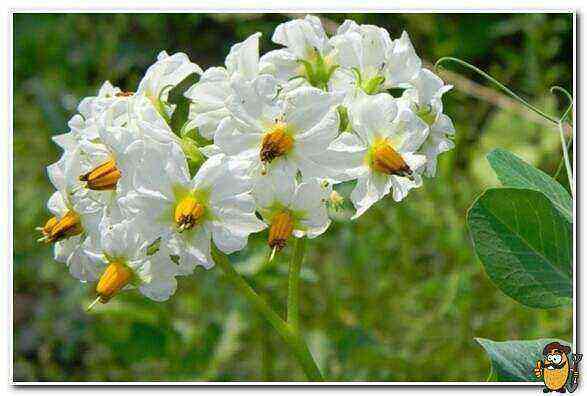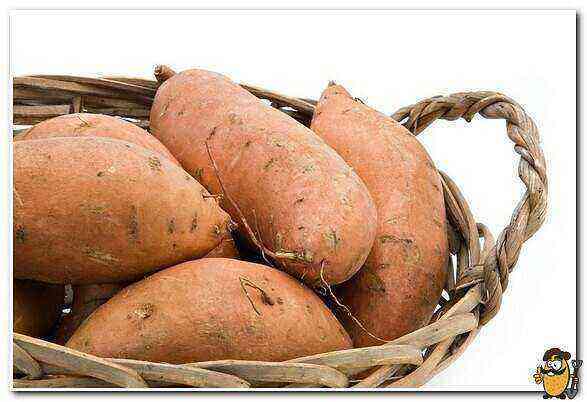August ends the summer and bears fruit according to the results of labor – only a narrow-minded gardener will begin to blame nature for small harvests. So potatoes can be grown in decent quantities and of decent quality in any scenario.
Over the years of growing potatoes, knowledge has been accumulated that is sufficient for trouble-free growing of a crop under any circumstances, it is enough to read articles on this topic: here, here or here.
Harvesting potatoes is the final stage of growing a crop. Proper cleaning – cleaning wisely. Therefore, the harvesting of nutritious tubers must be approached with reverence. Only proper cleaning and proper storage will help you survive the winter cold with mashed potatoes and pies with potatoes.
Potatoes begin to dig in long before the final harvest, in July, so by the time of harvest it is already clear how much potatoes you will harvest in September.
Early potatoes are ready for harvest by the end of August, so if you notice lodging of tops and lethargy of leaves, you need to start preparing shovels and garden forks for harvesting. Late varieties at the end of August are just beginning to form tubers, so they continue to be looked after as usual, protecting them from the invasion of the Colorado potato beetle and watering as needed.
When to harvest potatoes: harvest time
It is possible to establish the exact dates for harvesting potatoes only locally – I looked at the bushes and determined. One thing is for sure – the timing should be optimal. Harvested early – received a shortage of crops, harvested late – the potatoes are rotten or frostbitten.
Traditionally, potatoes are started to be dug when the neighbor starts digging. I went out into the garden, saw a neighbor with a neighbor in a knee-elbow position, so the time has come. All jokes, but the massive harvest takes place from 8 to 20 September.
It is recommended to harvest potatoes after mass drying of the tops – the tops should dry out, but not die. This is the time when potato tubers easily fall off the shoots, and the skin is thick enough not to be damaged during transportation.
If the potatoes are removed too early, the unripe tubers will be poorly stored, because their peel is thin and flaky. It happens that the tops are dry, and the tubers are immature – this late blight tried, and the tops dried up prematurely. The tubers of such a potato should be stored taking precautions.
Don’t want to wait until the tops are dry? You can dig out the potatoes while the tops are green, you just need to spray it with 5% copper sulfate and start harvesting in a week.
Harvesting potatoes later than 25 September is an occasion for cracking and early germination of harvested tubers. If time is missed, then dig potatoes in clear, sunny weather, when the soil is warmed up enough.
Whether to mow the tops before harvesting or not
The principle of the golden mean is well applicable to determining the timing of harvesting, in addition, an adjustment must be made for the variety (late, early), resistance to late blight, site location, soil characteristics and, of course, for the weather forecast.
Regular morning fogs and abundant dew are the soil for the late blight epidemic. Massive damage to potatoes occurs when the night temperature drops below + 10 ° C.
At the first signs of late blight of potatoes, it is necessary to mow the tops, leaving the stems 6-10 cm high, without leaves. The mowed tops must be removed off-site and disposed of (ideally burned). When mowing, the growth of tubers stops, but the skin continues to thicken.
Experienced potato growers recommend mowing the tops, even if there are no signs of late blight three days before harvesting. It is believed that when mowing tops from each square meter, up to 100 grams of potatoes are added per day, that is, up to 10 kg per hundred square meters. At the same time, losses are minimal, and the peel thickens faster than usual.
If the tops were destroyed by freezing, there is no need to fear for the condition of the tubers – they do not suffer from the wilting of the tops, on the contrary, the outflow of nutrients to maintain the aerial part of the plant stops.
The potatoes were dug, what to do next?
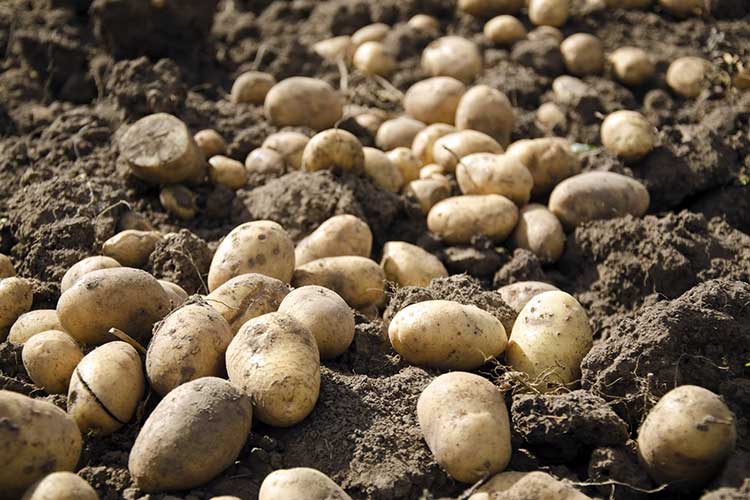
I remind you that you need to harvest potatoes on a clear day, if the weather is rainy, then you need to wait a little with harvesting.
Everyone has their own way of cleaning: someone digs with a shovel, someone with a pitchfork, and someone with a walk-behind tractor. But after harvesting, it is necessary to spread the tubers in one layer to dry on film, cloth or soil.
After digging, the tubers are air-dried, in the sun, for 3-4 hoursso that they dry out and weathered.
After drying, start sorting tubers, separating small specimens from large ones, diseased from healthy ones, cut from whole ones. If there are several varieties of potatoes, then sort the tubers by variety and store separately from each other.
To avoid wasted labor in the spring, it is worth picking seed potatoes in the fall. The best tubers for planting are tubers in bulk 60-80 grams, without deformities and damage, preferably from the most productive bushes.
Seed potatoes it is necessary to wash with water with the addition of potassium permanganate and dry in a bright room. Dry seed tubers are planted within 4 days in sunny weather. Green tubers are less susceptible to diseases, are better stored, rodents do not like them, the growing season when planting next year is reduced by 10 days.
Green tubers should not be eaten as they contain solanine, a poisonous alkaloid.
Potato storage should be dark, dry, cool. It is best to store potatoes in bulk on the floor or boxes. Before storing potatoes for winter storage, it is recommended to pre-cool them.
If there was an epidemic of late blight, then the tubers are washed in water, with the addition of potassium permanganate, sprayed with Fitosporin and dried well.
The damaged tubers are kept in a cool place for two weeks to heal the wounds, after which they are stored as usual.
It is advisable to dig up mother tubers left in the ground and diseased tubers from the ground or, on the contrary, bury them deeper so that they do not become sources of diseases for the next year.
